In 1993, I was working for Dan Gurney’s All American Racers racing team. The team was in the midst of an historic run of successes in the IMSA GTP series, dominating by winning every race we entered with the Toyota Eagle Mk3 race car. I was fortunate to be working on the number-99 car, piloted by Juan Fangio II, the nephew of “el Maestro” – the similarly named and great five-time Formula One world champion.
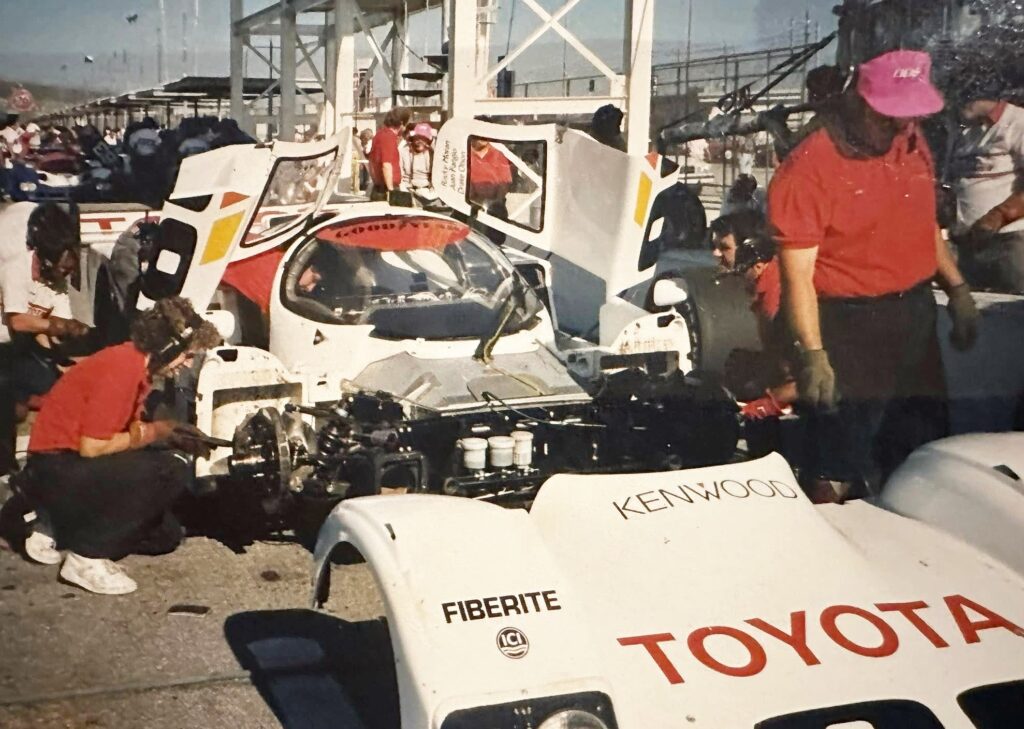
A teammate named Jim Wolfe offered his Canon AE1 for me to use. As the season wound down, it became clear Toyota intended to enter the IndyCar series. We started a testing program with a 1993 Lola, visiting all the tracks the IndyCars went to on the days following their races. Juan asked me to snap some photos during our visit to Indianapolis Motor Speedway. He wanted black and white, so I loaded up some Tri-X and fired away. The results were…poor. Somehow, I wound up with Jim’s camera. He didn’t have a use for it, and liked the idea that I might keep using it. It had the kit 50mm f/1.8, a 28mm f/2.8, and a 80-200mm zoom made by Vivitar.
Just like the film cameras my dad gave to me, the AE1 sat in its bag untouched for the better part of thirty years. Right around 2019, as my interest in film cameras started to return, I dug it out of the closet. Sadly, the 28mm lens had succumbed to fungus. And oddly, the shutter wouldn’t fire. When I inquired about having it repaired, I was convinced not to do it, as the repair would have cost at least twice what the camera was worth. Over the last half dozen years, though, I noted the price of old film cameras had begun to increase steadily. One afternoon when picking up a different camera from my local repair shop, I asked about the old AE1. “No problem!” he reassured me. And so it was, a week later I gave him Jim’s old AE1 to clean, service, and repair. The camera got new diopter glass, seals, a good cleaning, and a repair to whatever was keeping the shutter from firing.
I’ve been shooting mostly Nikon film cameras of late. My FE is my favorite with its completely intuitive match needle metering setup. The AE1 is, as has been well-documented, a shutter-priority machine aimed at relatively inexperienced consumers. Frankly, I would assume many of them never had their control dials taken off the “A” setting. But given we had a trip to California’s wine country coming up, it seemed like an ideal snapshot camera to take along. I reached into the fridge and grabbed a couple of rolls of Portra 400, which has become my go-to color stock, and set the camera for 200asa, preferring the punchier look of Portra when slightly over exposed.
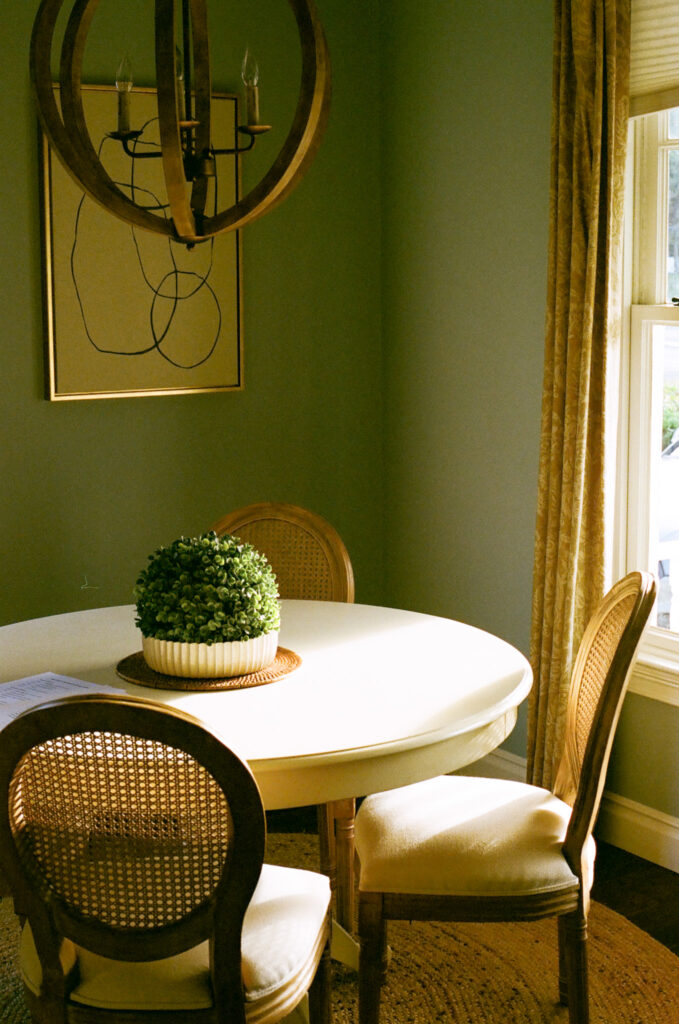
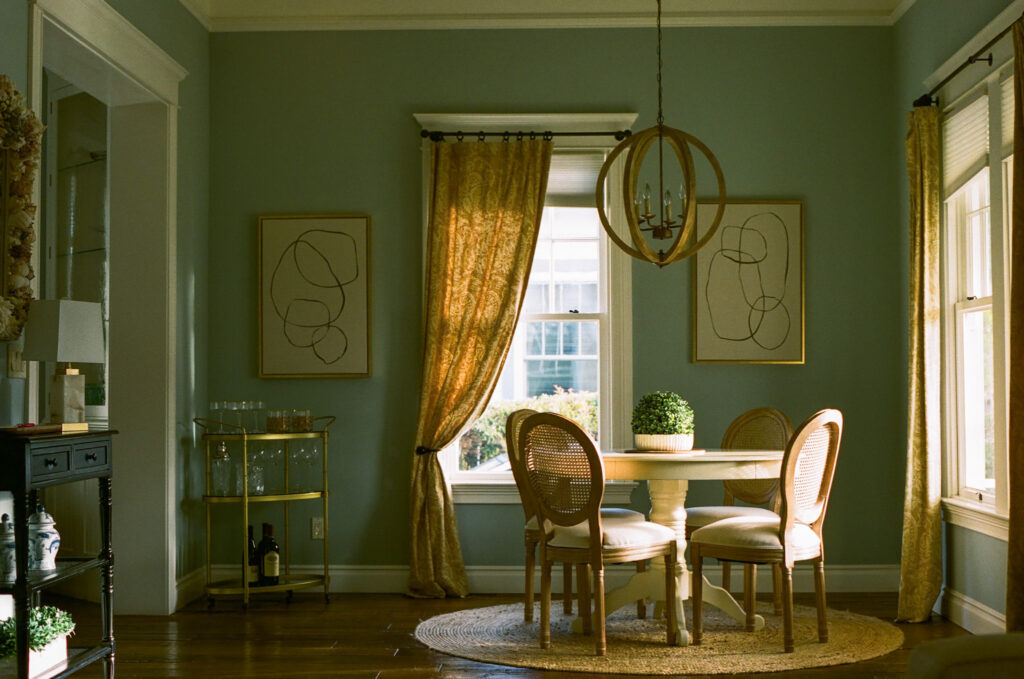

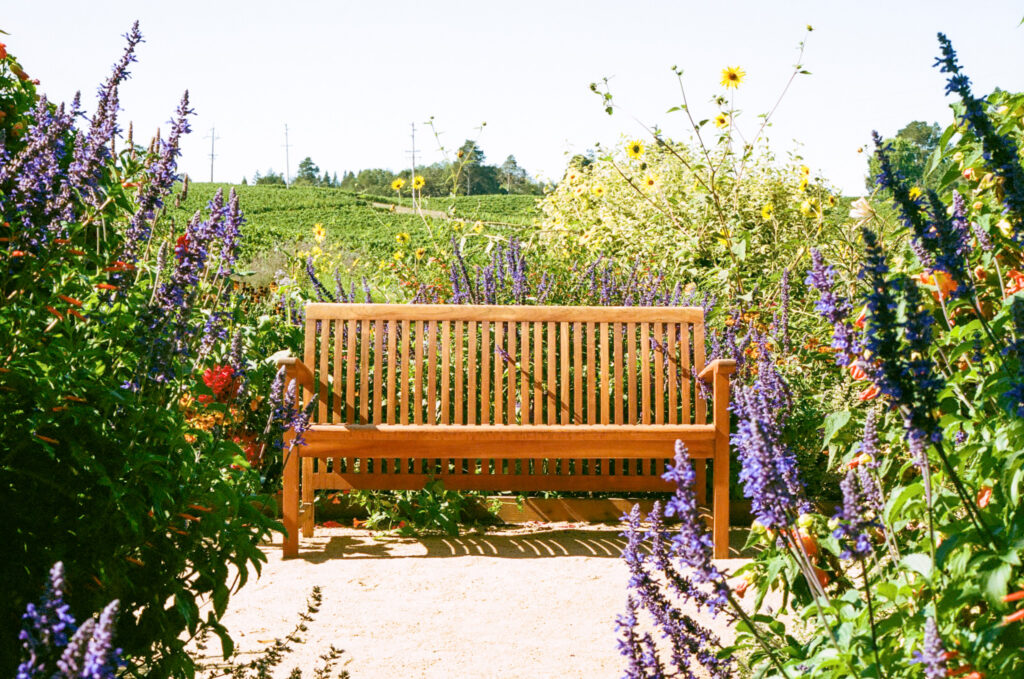
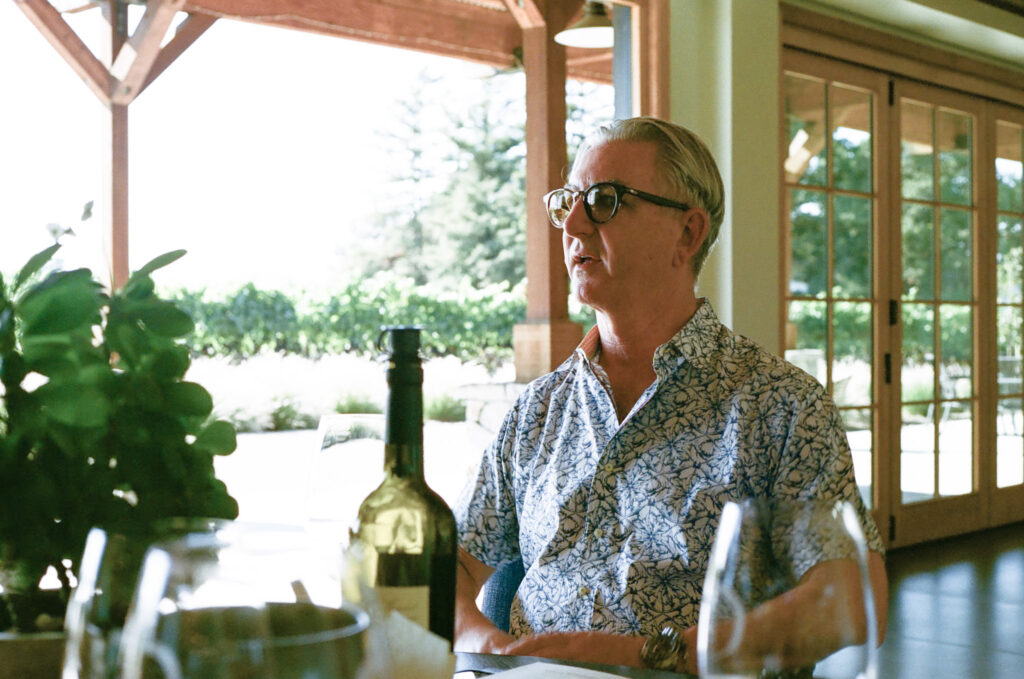
As I’d hoped to add the AE1 to the arsenal as more of a snapshot camera, I rarely took the dial off “Auto.” The shot of window is the exception here. I metered for the tan colored wall surrounding the glass.
I couldn’t be happier with these results. In fact, I’ve now used the camera several other times with similarly happy results. Much like Dad’s old cameras, taking this old lump from useless paperweight to well-working example has been hugely rewarding.
Share this post:
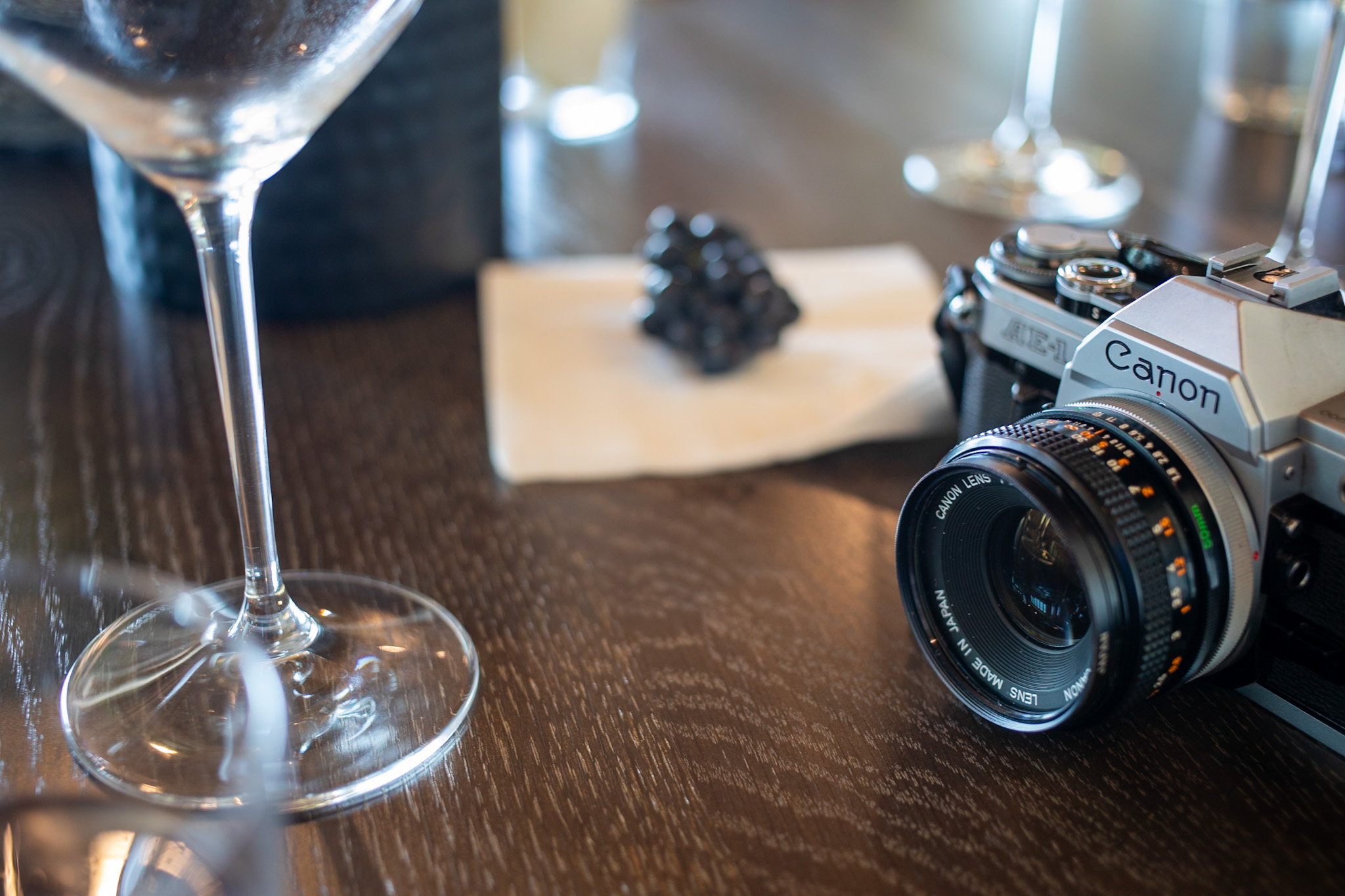
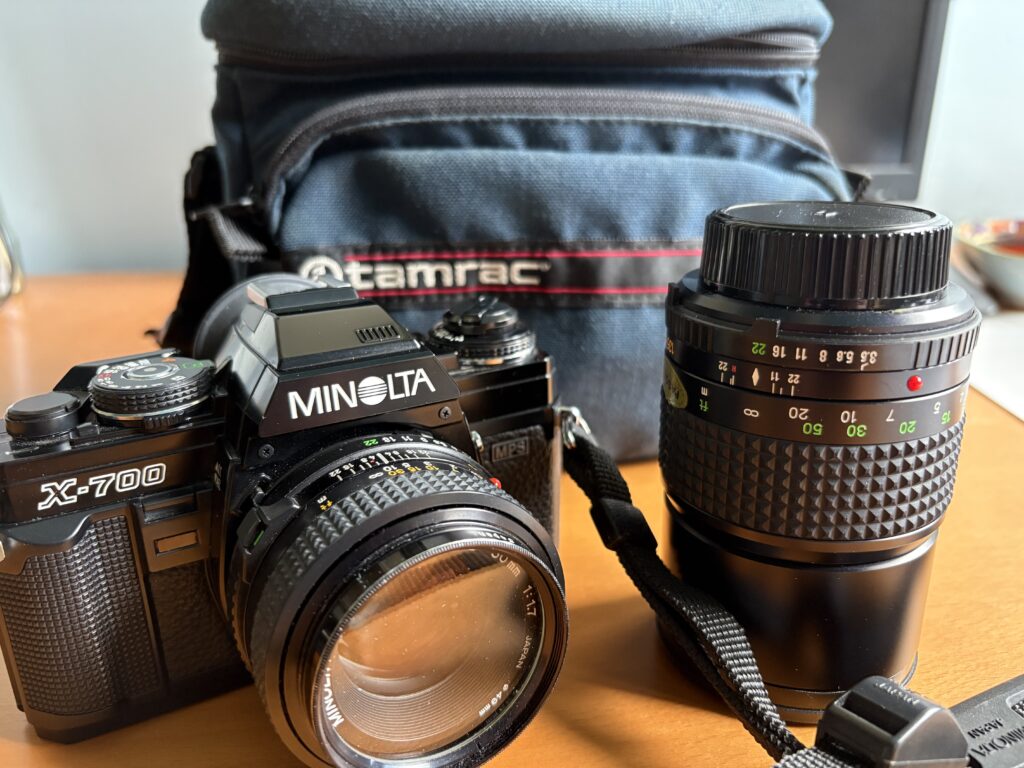
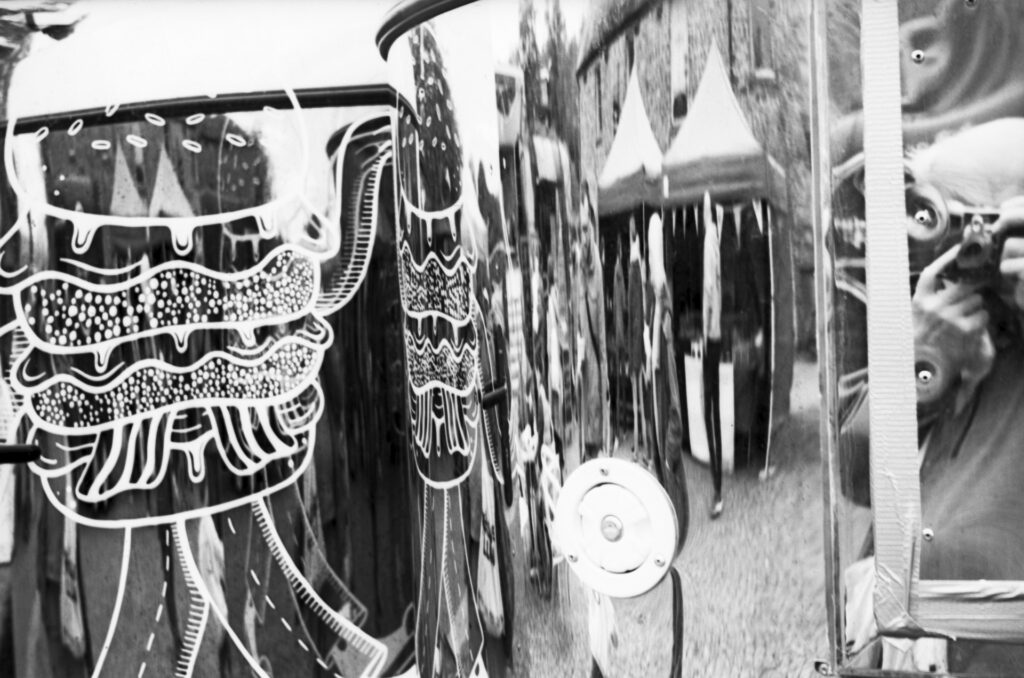
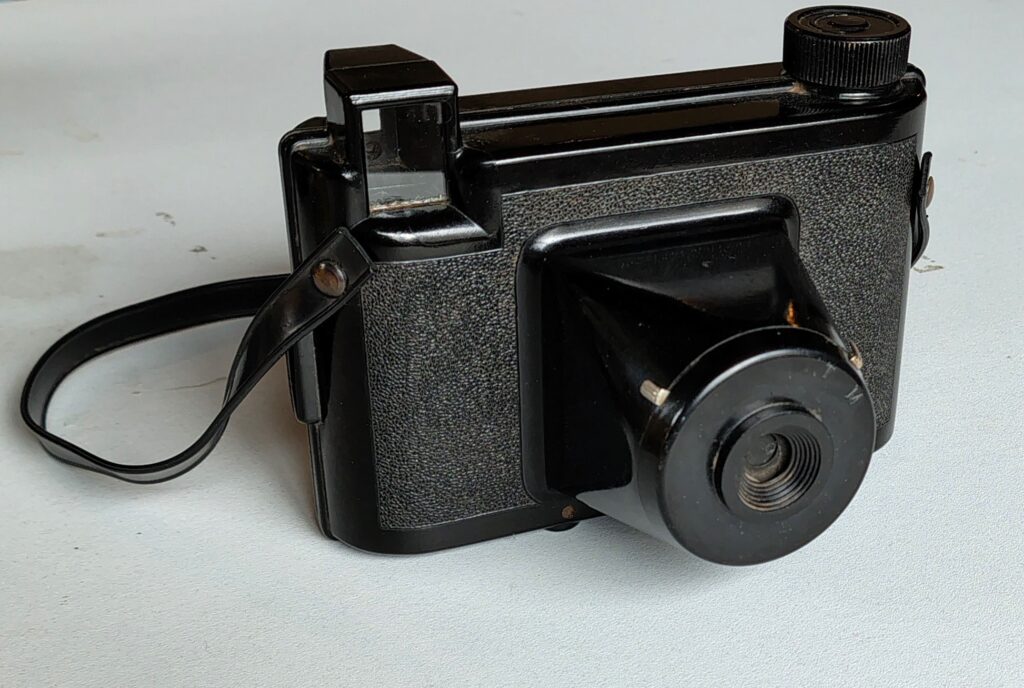
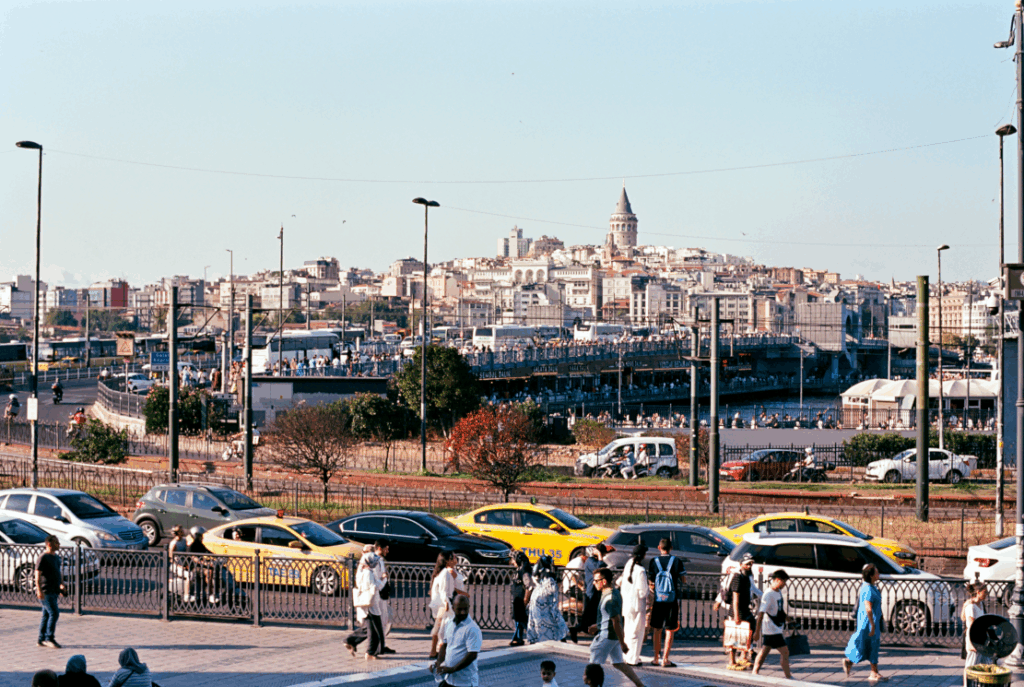
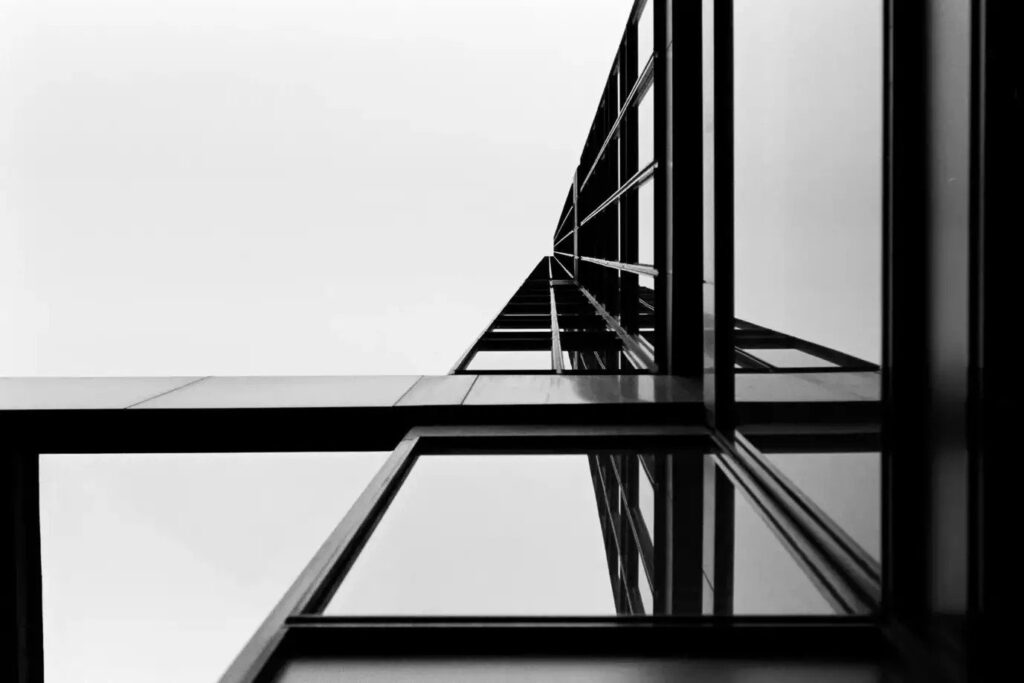


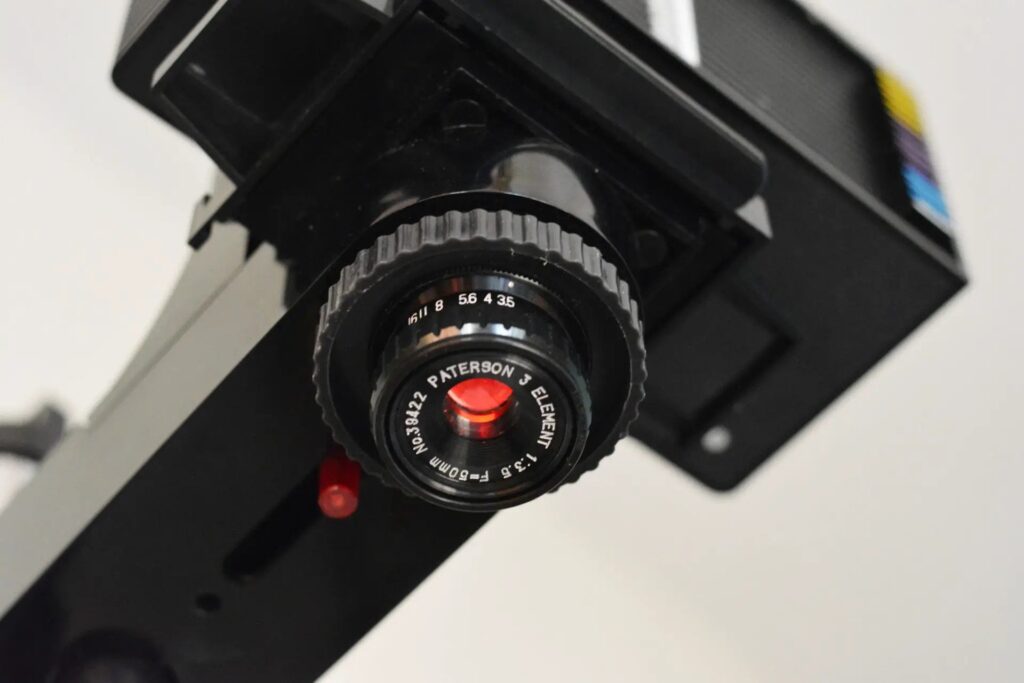
Comments
Geoff Chaplin on 5 Frames with Canon AE1 in California Wine Country
Comment posted: 15/11/2025
Comment posted: 15/11/2025
Gary Smith on 5 Frames with Canon AE1 in California Wine Country
Comment posted: 15/11/2025
The AE-1 was released after I purchased my first slr, the Canon FTb some 50+ years ago. It passed to my brother and then I believe my brother convinced my father to get an AE-1. I repurchased an FTb about 3 (or 4) years ago.